
Lachrymal membrane that surrounds eye ensures proper and normal eye function. This membrane consists of three layers.
The deepest layer consists of mucus produced by the clear skin that lines the eye. The main function of this layer is uniform deployment of the water layer over the eye. This layer is the thinnest.
The middle layer is the thickest and consists of a solution of salt water, which is secreted by the lachrymal glands stored under the upper eyelid. The main function of this layer is to provide sufficient fluid for the eye comfort clean the eye from dirt and foreign bodies that may reach in it.
The surface layer is composed of fats and oils produced by oil glands in the eyelids. This layer prevents the evaporation of the water layer.
A large number of people, especially older than 40 suffer from tear film disorder known as dry eye syndrome. This syndrome is more common in women than in men. Dry eye syndrome manifests as an unpleasant feeling in the eyes like pinching or scratching. In addition, may appear redness, sense of itching and burning, hypersensitivity to light, feeling as something fell into the eye and difficulties with vision. These symptoms are more intense in warm, dry and windy conditions when the humidity is low. The problems are worse in the case of prolonged eye strain such as reading and watching television. If person notice any of these symptoms, it is necessary to get ophthalmologic examination.
Dry eye syndrome may vary from time to time that leads to rapid and uncontrolled tearing. When the eyes become irritated due to DES syndrome, lachrymal gland reflex begin secretion of large quantities of tears in order to establish the optimum moisture of the eye. However, those tears are shed in vain, because a very small amount may be kept in the eye, while the rest run down the cheeks. After a very short time the eyes become irritated again, which causes repeating the process.
Dry eye syndrome can hinder people from performing everyday activities such as reading, watching television and driving, but it is not a dangerous condition because the risk of vision loss is very small. However, if there are several consecutive DESs with a greater percentage of eye dryness some risks may arise such as infection and thinning, perforation and scaring of corneal. In this way, DES may indirectly contribute to loss of vision or even loss of an eye.


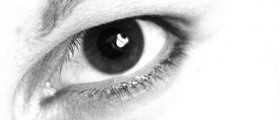
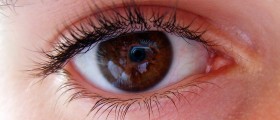





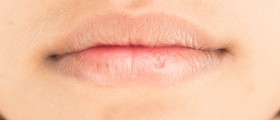

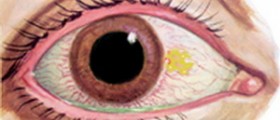
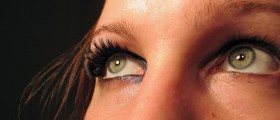




Your thoughts on this
Loading...